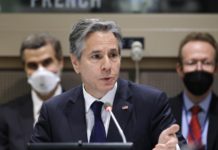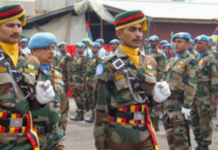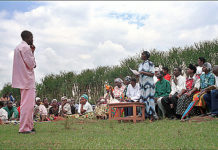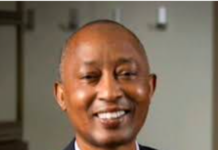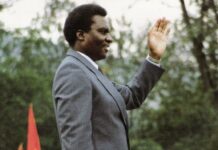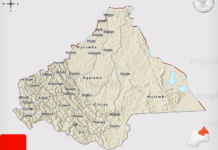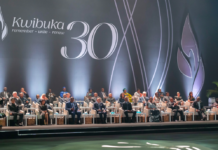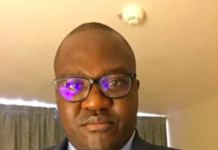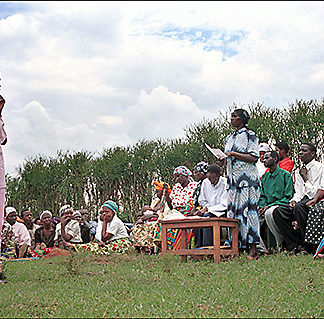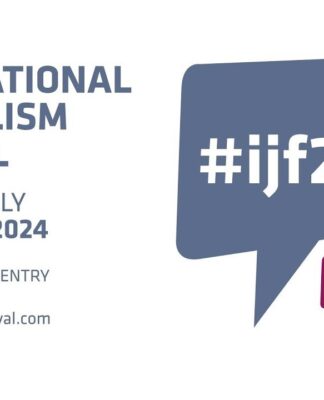Rwanda Post-Genocide Restoration and Peacebuilding.
In 1994, Rwanda was the site of one the most atrocious genocides in contemporary human history. In the span of 100 days, about 1,000,000 people were killed the majority of whom were Tutsi, resulting in a broken and devastated country.
RPF lead by the current Rwandan president put an end to genocide and 21 years of post-genocide “Rwanda has made remarkable progress in social, cultural and economic development.” This is the official version but how about the untold version?
Hence, this seminar was organized by Terram Pacis in collaboration with the UN local chapter and the Rwanda Advocacy Partnership Committee to give space to researchers and human rights activists to examine the root causes of the 1994 genocide by exploring both sides of the Rwandan conflict and the Rwandan acclaimed remarkable progress.
A failed Reconciliation process
In the post-genocide Rwanda only Hutus were prosecuted for genocide crimes and resources were only allocated for Tutsis, with a single commemoration instead of a joint commemoration of all victims. In addition, children of Hutus (First and Second generation Victims) prosecuted and sent to prison by Gacaca court were left behind.
Further, researchers argue that Gacaca was a total failure and a catastrophe for Rwanda as a nation, but very painful for many families who have been falsely accused of committing Genocide. Initially, Gacaca was a good idea but it was eventually hijacked by RPF for the purpose of settling political or economic scores with its opponents.
The true nature of the acclaimed development
In 1994, the international community chose to abandon Rwanda leading to the guilt-laden behavior in post-genocide Rwanda which has fueled RPF with impunity, politically motivated assassinations, disappearances and imprisonment of political opponents, journalists and human rights activists.
Though, Rwanda’s economic success is highly praised, this is an incomplete picture. What is not seen is that nothing has changed for ordinary Rwandans. Wealth is concentrated in the hands of just a few and education is only for those who can afford it.
In fact, a more in-depth analysis reveals that there is an increasing discrepancy between Rwanda’s reported economic progress story and the wellbeing of the majority of its population; hens the well-being of a large number of citizen is still very low despite the acclaimed high economic growth achieved by the country.
Inconsistent Data!
In 1960 the population of Rwanda was estimated to be 2.9 million: Hutus were estimated at 85%, Tutsis at 14% and Twa at 1%. In 1993 the population of Rwanda was estimated to be 7 609 000. Tutsis being 9% in 1993, which represents 684 810; a number not far from 667 000, the number that Gen. Dallaire reported himself to the Security Council in 1993.
In 2002 Rwandan Government established that 1,074,017 people were killed between 1990-1994, of whom 934,218 have been identified by name. Thereafter, Ibuka and the Rwandan Government estimate the number of Tutsi who survived the 1994 Genocide to be 300 000. The big question is who are the remaining 774 017?
Who are the perpetrators!
Research shows that it is wrong to think that all Interahamwe were Hutu, some of them were Tutsi: “Referring to all Interahamwe as Hutu militia is a misstatement of facts”.
Further, there is sufficient evidence that all political parties of that time, including RPF, had some radicalized members and militia. Therefore, it would be inconsistent to simplify the phenomenon of who killed who during such circumstances.
Genocide planned! Who benefited from it?
Shooting down President Habyarimana’s plane is the legal and proximate cause of the 1994 Genocide. It has been investigated; courts indicted and issued arrest warrants for top RPF commanders for their alleged criminal responsibility for shooting down the plane.
Further, in the famous cases “Military 1 and Military 11” which prosecuted all the top military and national security officials, the ICTR did not find any evidence proving that the top Hutu leaders planned the Genocide.
The 2010 UN Mapping report!
This 2010 UN Mapping report chapter 2 describes the role of Kagame regime in the crimes against Hutu refugees in DRC. The mapping is seen as a preliminary exercise; a first step towards criminal investigation and subsequently prosecution as based on the report some elements if proven before a competent court, could be characterized as crimes of genocide.
Young People’s Perspective
Settling for one side’s narrative, without critical thinking and reexamination of Hutu and Tutsi history and crimes, would be settling on an appallingly slippery cliff. Unfortunately, the current Rwandan government considers any critical reflection on RPF role in the horrific crimes committed in different places and times “genocide denial”.
What happened during, before and after the 1994 Genocide is extremely complex and “Genocide denial” should not become a social-political tool to suppress critical thinking, freedom of expression and fundamental freedoms, and young people are aware of that.
The Hutu and Tutsi conflict has caused way too many horrible killings in Burundi, Rwanda and DRC. Alternatively, it is time to help Rwandans, mostly young generation on a path of dialogue for genuine reconciliation and stability.
Terram Pacis
News & Publications



